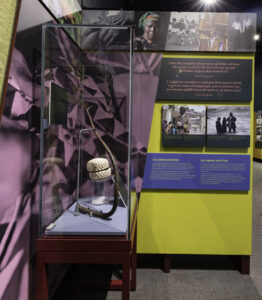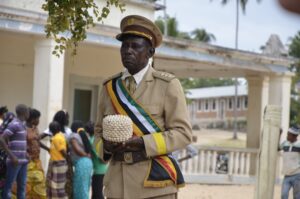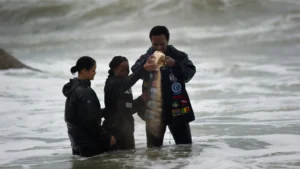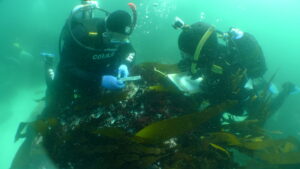In Slavery's Wake & The São José
By Gracie Wagnon | August 12, 2025

In December 2024, the exhibition, In Slavery’s Wake: Black Freedom Making in the World, opened at the Smithsonian’s National Museum of African American History and Culture (NMAAHC).
This exhibition immerses visitors in the freedom-making practices of Black communities, navigating both the histories and the legacies of racial slavery and colonialism. It is an innovative exhibition blending art and history to tell the story of repression and resistance. Starting with the departure of the first slave ship and continuing into our present, In Slavery’s Wake seeks to show how Black communities in the African diaspora and on the continent have built and continue to build a freer world.
SWP is proud to share with our network the inclusion of the story of the São José Paquete d’Africa in the exhibition’s section, “Reclaiming History and Repairing Injustice.”

What is the Wake?
In Slavery’s Wake uses the imagery of a ship’s wake to discuss the multifaceted impacts of racial slavery and colonialism. NMAAHC’s online museum discusses the wake, stating:
“On the shores of our present, we are met by the waves of our past. Many disasters of our world—racism, resource extraction, poverty—emerge from slavery and colonialism. But so do seeds of hope, sown by historic freedom fighters. This is the wake. An accumulation of history, from the departure of the very first slave ship to our present moment. To understand where we are and where we are going, we must first understand the forces that brought us here.”
Spanning the Atlantic World
Like the Slave Wrecks Project, In Slavery’s Wake is focused on building international collaboration and storytelling. Guided by the Global Curatorial Project, In Slavery’s Wake will travel to five countries:
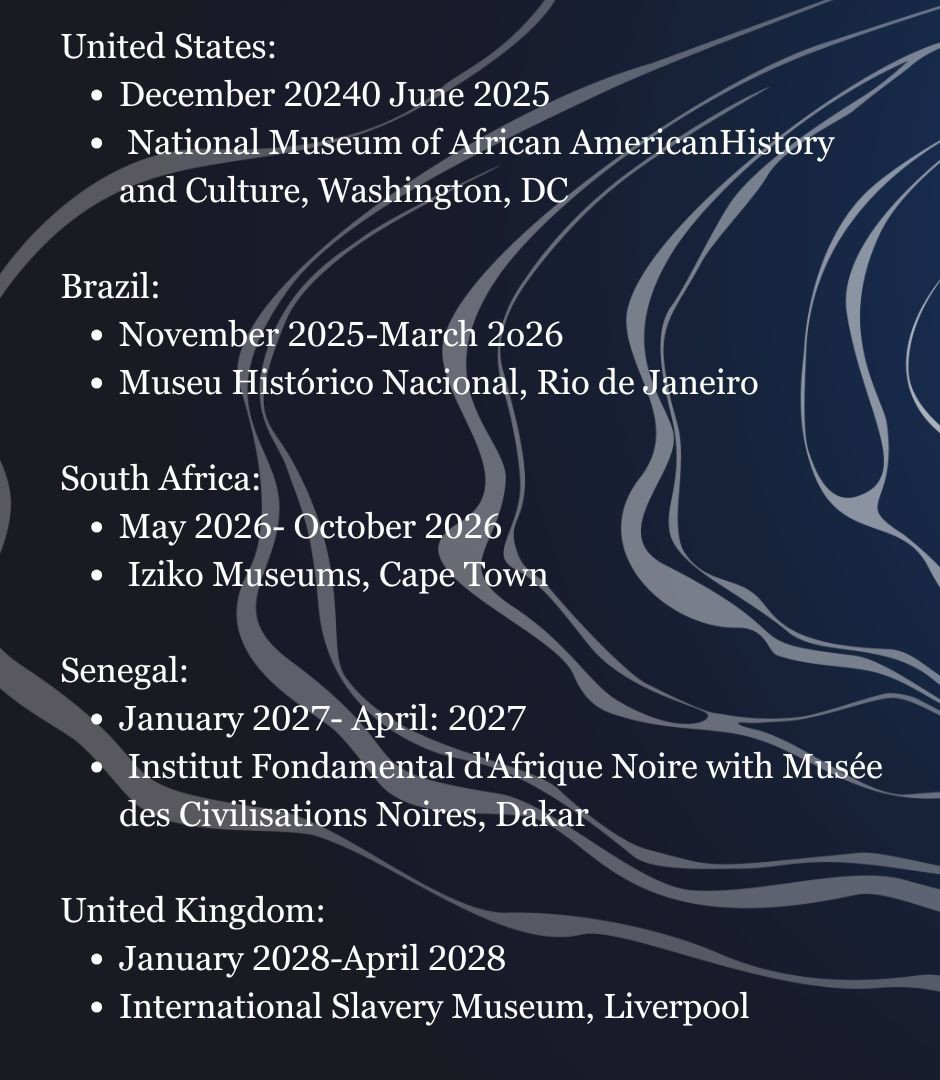
Learn more about the development of this internationally collaborative project in In Slavery’s Wake: A Globally Collaborative Exhibition, written by two members of our SWP network.
With In Slavery’s Wake, travels the story of the Sao José and the Slave Wrecks Project and its partners with it.
Reclaiming Ancestors: The São José
The São José Paquete d’Africa was a slave ship. In 1794, it wrecked off the coast of South Africa while carrying 512 captives. Nearly half of the captives died in the wreck. The Slave Wrecks Project was part of an international team, including the Iziko Museum and Diving with a Purpose, that worked to locate and document the ship. It was announced in 2015 that the wreck of the São José was situated near the Cape of Good Hope.
In June 2015, members of the Slave Wrecks Project network traveled to Mossuril, Mozambique, to meet with the descendants of the community from which those stolen on the São José were torn away.
In this visit, the Slave Wrecks Project was entrusted with a cowrie shell basket filled with soil from Mozambique to take to the wreck site in South Africa. Evano Nhogache, the community’s traditional leader, stated, “Once the ancestors direct you to spill the soil over the wreck, it will be the first time our people will have slept in their homeland.”
On June 2, 2015, the soil was deposited in the waters of the wreck site, finally connecting those who perished to the home they were forced to leave. Learn more about São José here.
In Slavery’s Wake carries with it this cowrie shell basket and the keelboat of Sao José. The keelboat was used to stabilize it on its journey; it was initially straight. Its curve shows the power and violence of the ship’s wrecks.
The São José is only one of many stories of modern reclamation shared in In Slavery’s Wake. The same section in the exhibition shares stories of honoring the enslaved at Valongo Wharf in Brazil, creating quilts as a practice of community healing in Colombia, the repatriation of the Benin Bronzes, and the fight for land rights from Suriname to South Africa.
We invite you to visit In Slavery’s Wake as it travels around the world or explore it online at The Searchable Museum.

